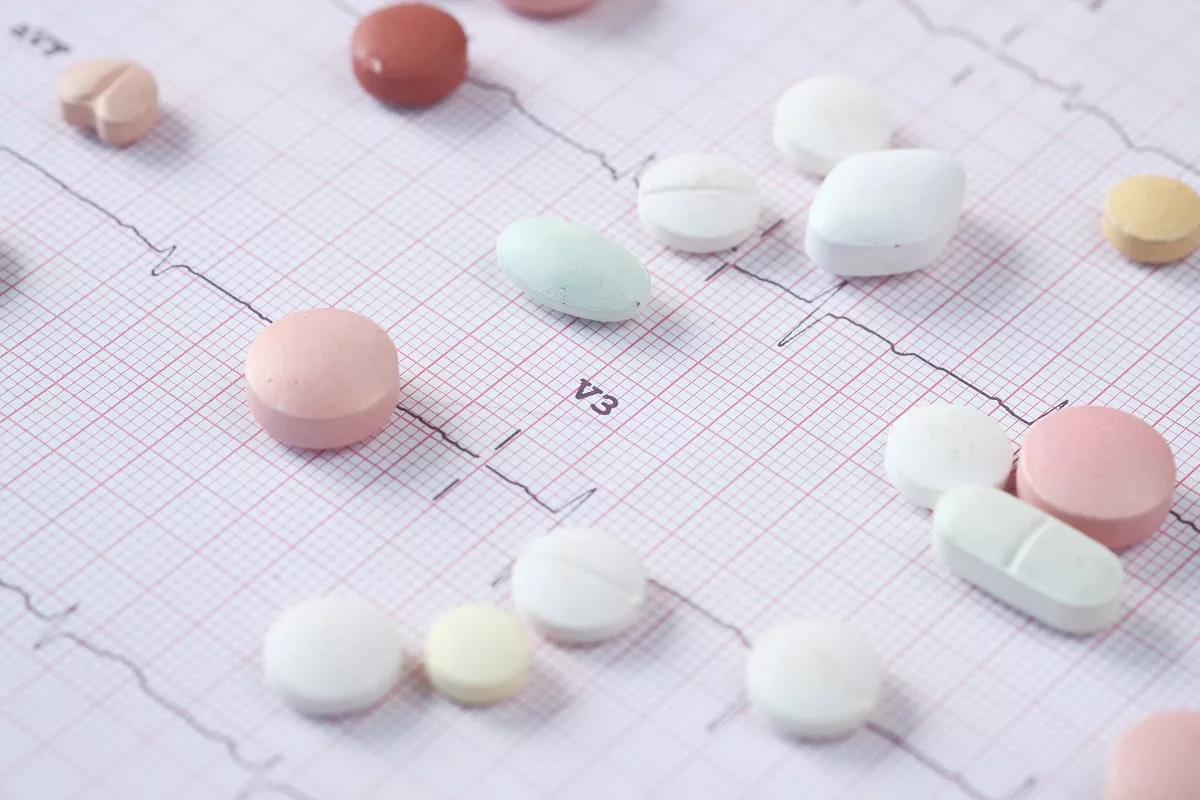A type of angina (chest pain) that occurs when the heart muscle is not receiving enough oxygen-rich blood is called unstable angina. Usually, people develop this condition due to a blockage in the coronary artery. In general, this is considered a medical emergency, and without treatment, it may lead to myocardial infarction (heart attack) and even death. While doctors usually prescribe medicines, you may need additional medical care at a hospital.
Commonly, blockages in the coronary arteries often occur due to a blood clot. Therefore, the heart does not get enough oxygen to work properly. People who do not get treatment may experience permanent damage to the heart muscle. If you noticed chest pain when you worked and now it occurs when you rest, your heart requires attention.
It is very important to get immediate treatment when this condition occurs because it puts you at a higher risk of developing a heart attack. Most people experience exhaustion and shortness of breath before a myocardial infarction. While most people survive a heart attack, it may lead to death.
Symptoms
The primary symptoms in people with unstable angina are shortness of breath and exhaustion, but they may also experience other symptoms. Check below some examples:
- Pain in the chest that does not stop after rest or medicines, or occurs when you are not exerting yourself
- Excessive sweating
- Anxiety
- Dizziness
- Nausea
- Vomiting
- The pain may spread from the chest to an arm, jaw, or back
- Sharp or tight chest pain that occurs without any signs
Commonly, unstable angina episodes last up to 15 minutes, but without treatment, these episodes may occur more frequently or last longer.
Causes
The main cause of unstable angina is coronary artery disease. However, people with atherosclerosis (buildup of cholesterol and fat in the arteries) significantly increase the risk of developing conditions that negatively affect the arteries. In some cases, the heart may not get enough oxygen-rich blood due to a blood clot that narrows an artery.
In rare cases, people may experience a coronary artery spasm, which is a type of unstable angina. It is also known as variant or Prinzmetal angina.
Risk Factors
Certain factors may increase your risk of developing unstable angina. Check below some examples:
- Age – Older adults (over 60 years old) are more likely to develop both stable and unstable angina.
- A family history of coronary artery disease – If you have a blood relative who has experienced coronary artery disease, your risk of developing unstable angina significantly increases.
- Smoking
- Diabetes
- Hypertension (high blood pressure)
- High cholesterol
- Poor lifestyle choices (including lack of physical activity)
- Obesity (excessive body weight)
- Heart conditions – These include heart failure, heart valve disease, cardiomyopathy, and others
What Are The Long-term Effects of Unstable Angina?
Those who develop unstable angina may also experience some complications, especially without treatment. Check below some examples:
- Arrhythmia (irregular heart rhythm)
- Cardiac arrest (in rare cases)
- Stroke
- Heart failure
- Myocardial infarction
- Death
This document does not list all possible complications of unstable angina. Moreover, you can talk with your healthcare professional about ways to reduce the risk or prevent these complications.
How to Prevent Unstable Angina?
Unfortunately, there is no way to prevent this condition, but the following tips may help reduce the risk. Examples include:
- Manage chronic health conditions (such as high blood pressure, diabetes, high cholesterol, and others)
- Stop smoking – If you face problems with smoking cessation, discuss it with your healthcare professional.
- Physical exercise – You should aim for at least 30 minutes of physical exercise per day. It may also help get and maintain a healthy weight.
- Limit or avoid alcoholic drinks
- Dietary changes – These include fresh fruits, vegetables, and whole grains.
Diagnosis
Healthcare professionals usually diagnose this type of angina by performing a physical examination and taking your blood pressure. However, to confirm the condition, they may also perform the following tests. Check below some examples:
- Cardiac blood tests
- Electrocardiogram (EKG or ECG)
- Echocardiogram
- Coronary angiogram
- Stress test
Previous tests may also help rule out other conditions that cause similar symptoms to unstable angina. Moreover, there are some criteria that indicate this condition. These include chest pain that began within the last two months, is worsening, or occurs when you rest.
Treatment
In most cases, the treatment for unstable angina is given to patients in a hospital. It includes immediate treatment to prevent myocardial infarction and other life-threatening complications. Check below for the most common treatments:
- Anticoagulants (also known as blood-thinners), including Clopidogrel or Aspirin, to prevent blood clots
- Cholesterol-lowering medications
- Antihypertensives
- Nitroglycerin to improve blood flow and relieve chest pain
- Beta-blockers to reduce extra strain on the heart muscle
- Medicines to regulate irregular heart rate
Doctors may also recommend angioplasty with stent implantation or heart bypass surgery to make a new route for blood when a blood clot causes a blockage there. Medicines, procedures, and surgery may cause some adverse reactions. However, benefits outweigh the risks when it comes to unstable angina. Check below some possible adverse reactions:
- Stroke
- Heart attack
- Abnormal heart rate
- Infections
- Bleeding
- Need for other procedures
Frequently Asked Questions
How long does it take to recover from this treatment?
In most cases, people return to their activities within 7 days. It may take several weeks to recover completely from a coronary artery bypass surgery.
How do I take care of myself?
Check below some tips that may help ease the symptoms:
- Adopt a heart-healthy diet
- Quit smoking
- Manage chronic health conditions (including hypertension, diabetes, high cholesterol, and others)
- Regular physical activity
When should I go to the emergency room?
Immediately call 911 or go to the nearest emergency room if you experience any of the following symptoms. Examples include:
- Worsening of chest pain
- Nitroglycerin does not work
- Chest pain lasts more than 15 minutes, or you think a myocardial infarction is occurring
Ask your healthcare provider if you have additional questions.




